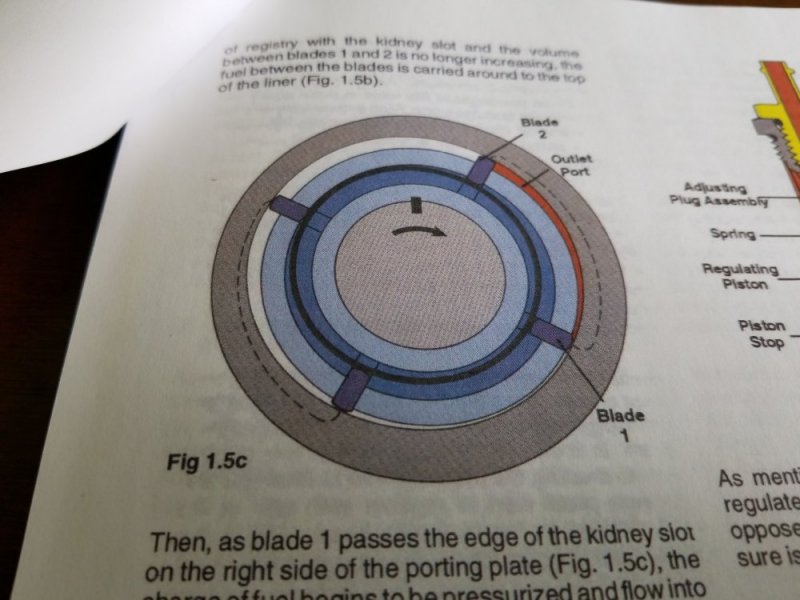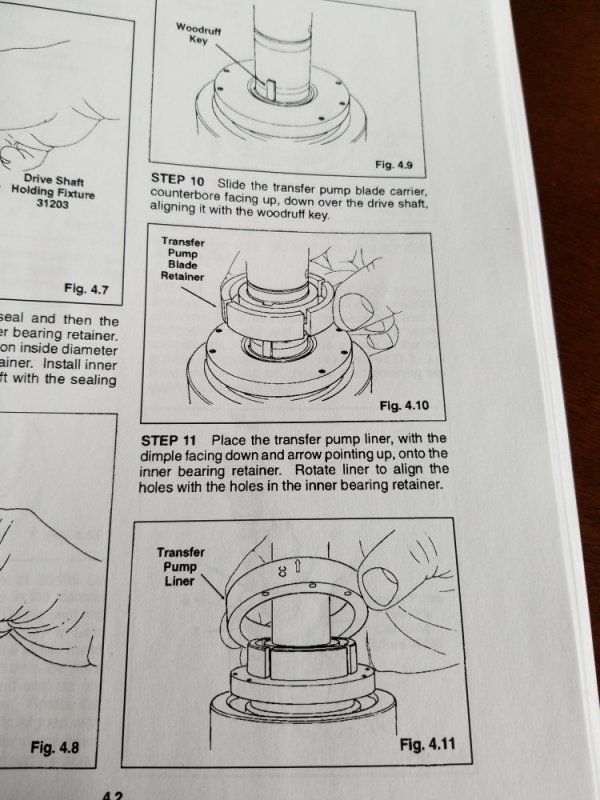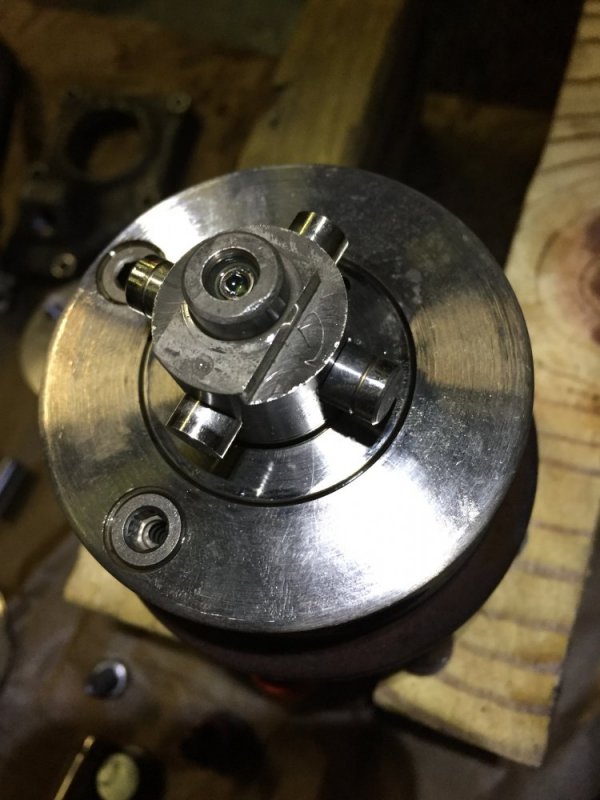John Romann
Member
So this may have been covered before but as it was mentioned in my last post a ds4 can' flow much. So I've been reading my stanadyne operation and instruction manual. Mind you I have never taken a pump apart and being from NYC we don' exactly have alot of pump rebuilders so this is all theory. It appears that inside the pump the transfer section that takes fuel from where most of us enlarge the feed and it goes through a rotary section similar to a rotary engine and on the exhaust side of this rotation is wherre it builds it' pressure as it exits the liner into the rest of the circuit. What is someone was to take the liner and hone it a thousandth or two larger. And enlarge the intake and exit holes a thousandth so it will effectively allow for more volume in this passage without increasing the transfer pressure.










